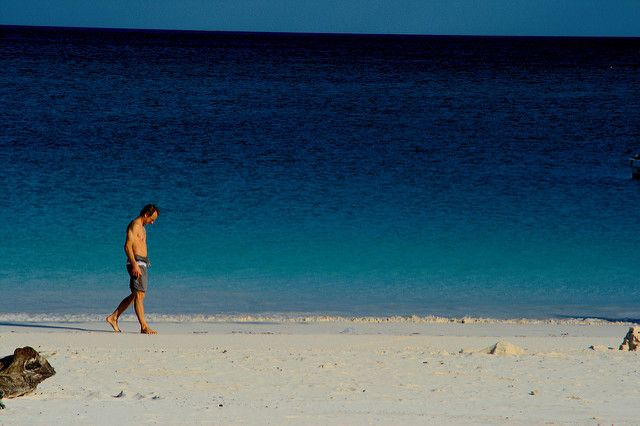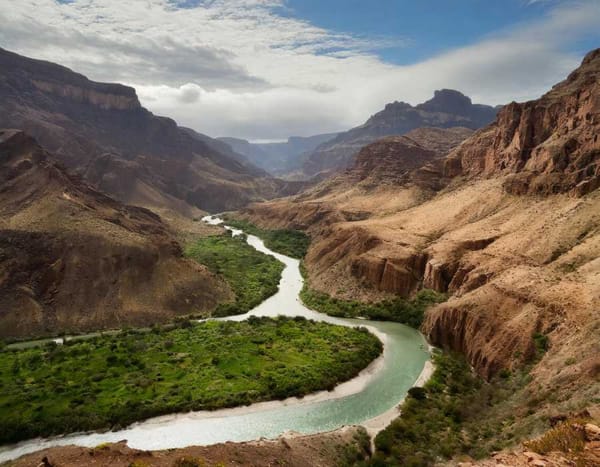How Tulum is destroyed from New York
Tulum currently is facing environmental problems, such as sargassum and constructions in its jungles, which have scared away the local fauna, due to a wave of American businessmen, mostly from New York, according to New York Magazine.

Tulum became known for being a destination that offered blue-green waters and peace. Currently facing environmental problems, such as sargassum and constructions in its jungles, which have scared away the local fauna, due to a wave of American businessmen, mostly from New York, according to New York Magazine.
An example of the above is what happened with the Gitano Group, responsible for a restaurant-bar, which opened in 2013, by entrepreneurs Derek Klein and James Gardner. "We wanted to bring a bit of New York to Tulum. We were the first to do that, "Gardner told New York Magazine. Later, they partnered with Melissa Perlman, who sought to develop a concept she called eco-chic. "Before entering, it was a beautiful place. Now it's a business, "said Perlman.
Gardner and Perlman agreed to grow Gitano, with a room called Jungle Room. This space was built on mangroves, which are protected by Mexican and international environmental laws since they are an important filtration system for underground rivers.
When questioned, Gardner declared that they had not destroyed any mangroves and that they were looking for a sustainable business. However, the walls of the Jungle Room were designed so that through them the branches of the trees pass by forcefully.
Currently, Gardner has decided to export the brand. He created a Gypsy in New York, which has been closed by the Department of Health for not properly disposing of wastewater.
The illegal sale of land
In the decade of the 70s, the government of Mexico dedicated some 10 thousand 117 hectares to ejidal land. Despite this, many of the farmers who received land claimed ownership and sold it to entrepreneurs around the world, according to New York Magazine. One of the buyers was actor Roberto Palazuelos, who owns the Ahau hotel. The actor, like many, has faced on several occasions legal accusations by people who say they own the land on which their lodging is built.
To recover the property, Palazuelos agreed to buy the land again and invited many other hoteliers to come to the same deal, including Nuno Silva, a Portuguese lawyer who owns the Uno Astrolodge hotel. In June 2016, a group, with official court orders and machetes, took 17 hotels claiming that space was theirs. However, the case did not proceed and many hotels remain in legal limbo.
Mr. Tulum
R. J. Thoman, a real estate agent who calls himself "Mr. Tulum" (Senor Tulum), has been one of the main businessmen who has sold land in the virgin forest since 2000. "I'm an entrepreneur, and I'm here for the money," he declares without embarrassment.
Thoman told New York Magazine that in 2004 he managed to sell a piece of the jungle for 180,000 dollars to the owner of a well-known European fashion brand. The land is now worth 1.4 million. He also sold another area, which has an underground river. And only at the beginning of the year had already sold eight lots.
Environmental disaster
Currently, Tulum has 40 thousand residents and it is expected that in 11 years it will reach 200 thousand. The sanitary landfills, located very close to the city, are filling earlier than expected. On the beach there is no electricity, so they use diesel generators that pollute. There is no sewage system and the waste that filters through the limestone floor reach the ocean, endangering the coral reef.
The jungle is selling almost without any control. Currently, " Mr. Tulum" is about to close a deal for 1.7 square kilometers. The organization Red Tulum Sostenible accuses that in the decade of the 90s it was common to find monkeys and toucans in the area, but now they are difficult to find.
New York Magazine reports that although sargassum is one of Tulum's best-known problems, there are other threats such as the greed of entrepreneurs. However, people like Eugenio Barbachano, general director of tourism in Tulum, seek to change the landscape. "My project for this year, for lack of a better term, is to save Tulum," he said.




